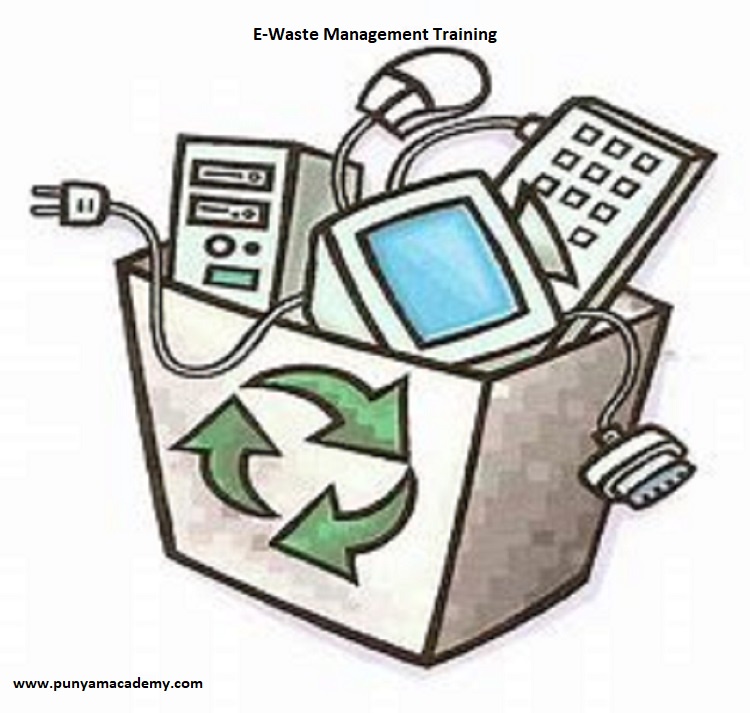Any electrical tools thrown away it is called E-Waste. E-Waste is also referred to as Electronic waste. It is included any broken or working things thrown into the dustbin and garbage. In the store sometimes the items unsold it will be thrown in any place. It will cause a dangerous effect on our environment as well as on humans. Toxins in e-waste include mercury, cadmium, hexavalent chromium, and fire retardant. Cathode ray tubes in computer monitors contain high levels of lead.
We should understand the safe and environmentally friendly methods for handling, segregation, storage, recycling, re-use, and disposal of e-waste which are very crucial for e-waste management at the individual and organization levels as well. The online E-Waste management course will help to understand E-Waste Management, classification, and sources.
How can prevent E-Waste in an Organization?
The challenge of reducing e-waste is something that everyone needs to be aware of and commit to, and it begins with knowing why we don't want our used electronics to continue streaming into neighborhood landfills. With today's constantly expanding technology, this is a regular occurrence in the office, particularly one that uses company-provided cell phones, desktop computers, and laptop computers. To avoid this, the organization can minimize, reuse, recycle, and reassess its operations.
- Minimize: Minimize the electronic in the organization. While in most offices found that everyone has their laptops. Part-time employees must be able to share. If you have more than one part-time employee, attempt to arrange the timetable so that the desk may be shared. This way, the computer is being utilized equally as much as any other computer in the room and an underused one aren’t going to waste. Finally, only buy what is necessary. It's a good idea to carry an extra laptop or cell phone in case of an emergency, but other than that, doesn’t overdo it.
- Recycle: We can also assist keep the cost of new consumer items down by employing recycled parts to create new products. For producers, this is a much more affordable option than going out and mining for fresh ore to create new metals. This means that the cost of producing a new smartphone, or any other electronic gadget, decreases once manufacturers can obtain the parts they require from the recycling business.
- Reuse or Manage your Electronic Devices: electronic items we put in drawers and cupboards. Sometimes we forget what items we have in our office. Instead of buying new items like laptops and computers manage your existing devices. If you need these items or devices then replace them.
- Reassess: It includes finding which electronic device is used in an organization. Every one of these factors contributes to electronic waste, whether it is doing updates as needed or taking precautions with batteries. Preventing electronic waste in the organization is advantageous for the environment as well as for the workplace culture. As part of your corporate social responsibility, or CSR, incorporate this way of thinking into the workplace atmosphere.
In this article, we delve that the prevention of E-waste. E-waste management is an important part of continuous production and decay. The company can reduce, reuse, recycle, and reassess its processes to prevent e-waste. When designing your plan to find sustainable solutions, start by taking into account these diverse e-waste reduction techniques.


No comments yet